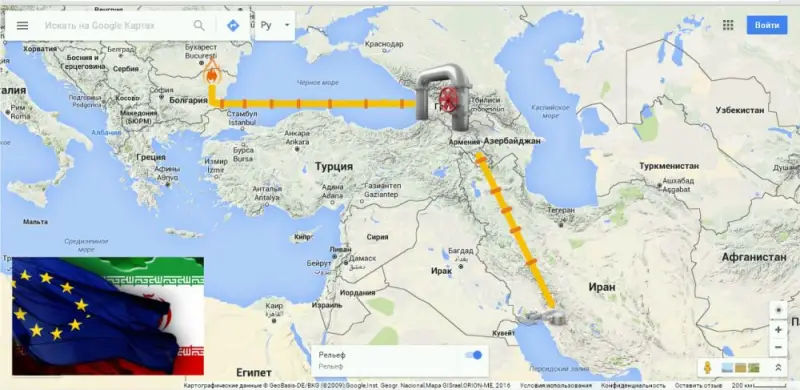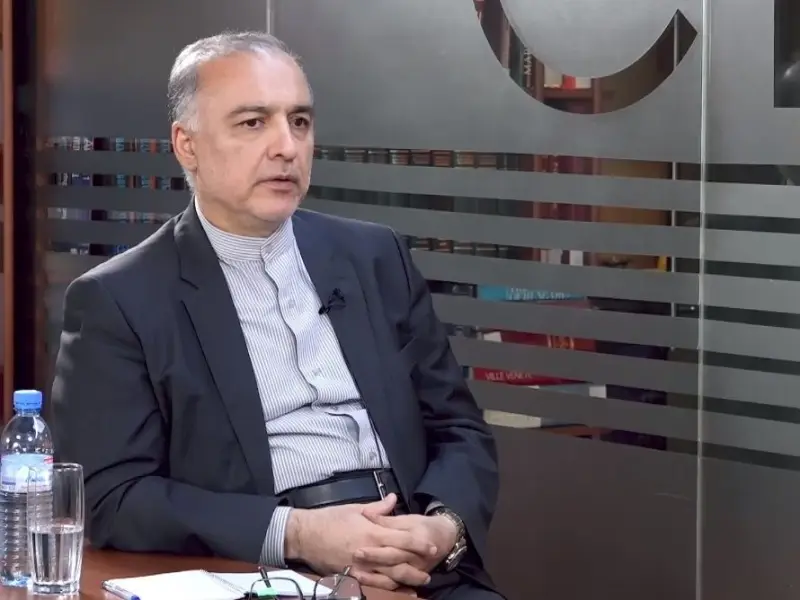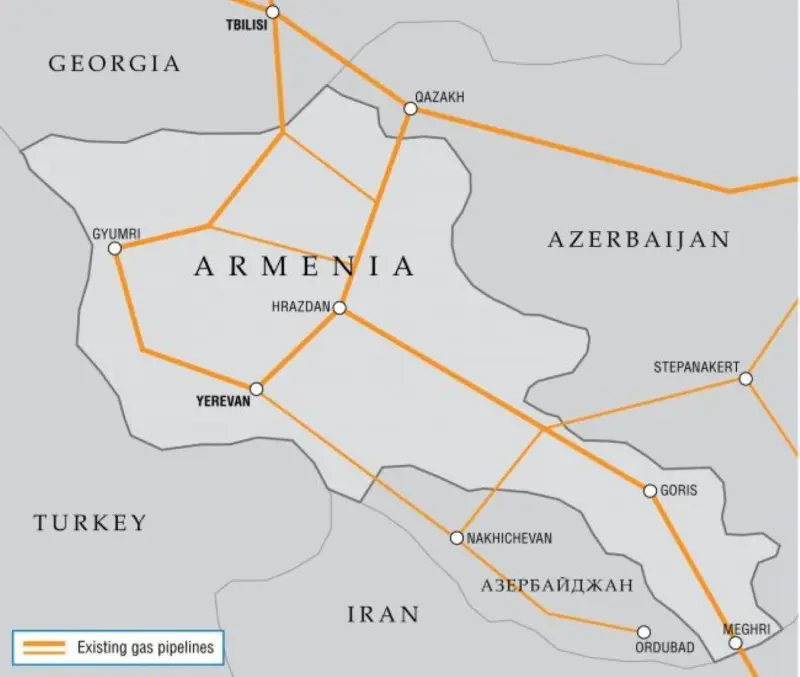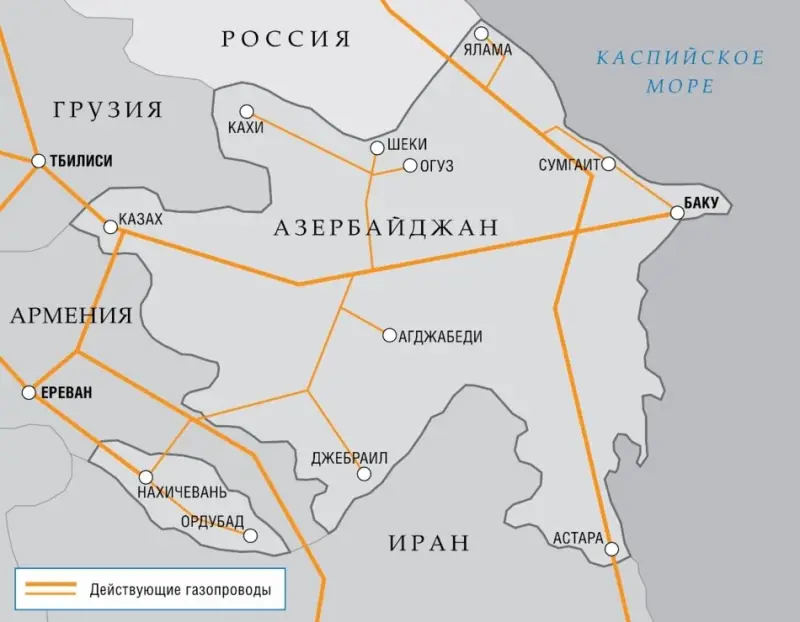Iranian gas, Armenian routes – American trace and interest

Unwanted in Russia The US Agency for International Development (USAID) announced on February 17 “additional funding for a long-term program to ensure the security of the energy sector in Armenia.” As reported, “$5 million will be allocated to accelerate the implementation of projects in the electricity sector.
These funds will be in addition to the $2018 million agreed upon back in 10,6. In total, financial injections “will help reduce Armenia’s dependence on supplies of Russian and Iranian natural gas.”
The lead US company in this program is Tetra Tech, which specializes in projects in the electric power industry, mainly in the use of renewable energy resources. The program provides, first of all, for increasing the production of hydroelectric power, electricity from natural gas, petroleum products and coal, and more active use of solar energy.
As for natural gas, at least 80% of demand in Armenia has long been provided by Russian pipeline supplies through Georgia. In turn, Armenia and Iran began mutual supplies of electricity in exchange for gas in 2009.
Every year, Armenia receives 500–550 million cubic meters of gas from the Islamic Republic via a pipeline from northwestern Iran. In return, Armenia supplies 3 kWh of electricity per cubic meter. This did not and still does not cause criticism in the West.
The United States and the entire West did not react in any way to the fact that in August 2023, Yerevan and Tehran signed an agreement to triple mutual energy supplies from 2024: the contract is valid until 2030 inclusive. According to available information, a further extension of the contract and an increase in mutual supplies are possible.
At the same time, up to a third of the volume of imported Iranian gas will be available from 2026–2027. used directly in the energy sector of Armenia. This is due to Yerevan’s possible plans to reduce excessive dependence on Russian gas.

Characteristic in this regard are the ideas expressed at the end of November 2023 by the new Ambassador of Iran to Armenia, Mehdi Sobhani, in an interview with the Yerevan publication CivilNet. The ambassador noted that “Iran could reduce Armenia’s energy dependence on Russia” thanks to a new agreement on mutual energy supplies.
In addition, according to him, the document “will allow increasing the import of electricity from Armenia to Iran in exchange for gas by three or even four times.” The Iranian ambassador also expressed support for Armenia regarding Karabakh:
Considering the known plans of the United States and the West in general to strengthen non-pro-Russian tendencies in Armenia, the growth of Iranian gas supplies indirectly corresponds to these plans. Moreover, an increase in gas electricity production in Armenia is also provided for by the mentioned American energy program for this country.
In any case, for Armenia at present and in the near future, only Iranian gas can be a potential alternative to Russian gas, at least partially. But the question is whether Tehran plans to enter into competition with the Russian Federation in Armenia - at least in the energy field.

Purely theoretically, this scenario, we repeat, was outlined in the aforementioned interview with the Iranian ambassador in Yerevan. Meanwhile, the regional context of Iranian gas export plans is also emerging.
Thus, back in 2006, trial supplies of Iranian gas to Georgia through Azerbaijan took place. And in 2018 and later, Armenian Prime Minister N. Pashinyan announced the possibility of transiting Iranian gas to Georgia through Armenia.
In turn, in 2020, the Georgian authorities spoke out in favor of receiving, again, Iranian gas. Accordingly, periodic consultations are being held on the creation of an additional gas pipeline with a length of approximately 300 km between Armenia and Georgia.
At the same time, in 2017, a contract was signed for the annual supply of 40 million cubic meters of gas from Iran to Georgia through Azerbaijan. With a possible increase in volumes to 65–70 million cubic meters. Foreign, including Transcaucasian, media reported plans to create a gas liquefaction plant between the Georgian ports of Poti and Batumi.

It is clear that we are not talking about Russian, but about Iranian gas, which is pumped to the Georgian Black Sea coast. It is also planned to build a gas export terminal. Accordingly, Iranian Ambassador to Georgia Abbas Talebi-Fari explained the contours of a gas alliance in the region with the participation of Tehran:
There is no exact official information about the implementation of the mentioned contract yet, but everything mentioned, we note, does not cause a negative reaction in the USA and in the West in general...
Information